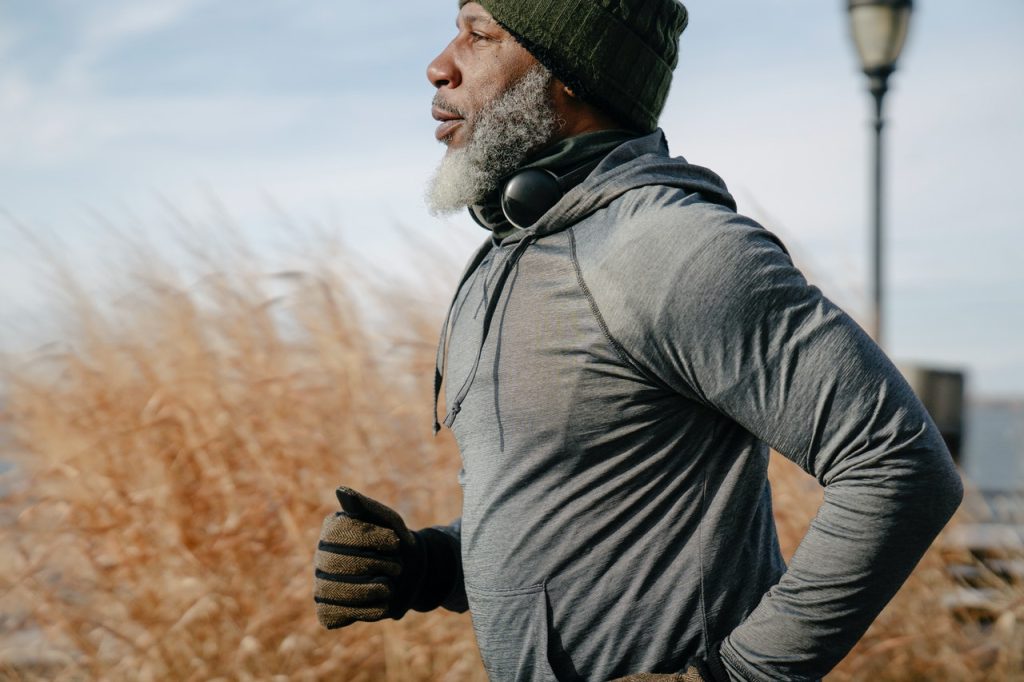
Vigorous exercise produces a similar level of aerosol particles as speaking, but high-intensity exercise produces more, according to new research published in Communications Medicine. This is the first study to measure exhaled aerosols generated during exercise, to help inform the risk of airborne viral transmission of SARS-CoV-2 for gyms and indoor physical training.
Inhalation of infectious aerosol is considered to be the main route of SARS-CoV-2 transmission. In this study, researchers performed a series of experiments to measure the size and concentration of exhaled particles (up to 20µm diameter) which are generated in our respiratory tracts and breathed out, during vigorous and high-intensity exercise.
Using a cardiopulmonary exercise test, 25 healthy participants (13 male, 12 female) with a range of athletic abilities were recruited to undertake four different activities (breathing at rest, speaking at normal conversational volume, vigorous exercise and high-intensity exercise) on a cycle ergometer. Airflow and particles emitted were measured by particle counter. Experiments were carried out in an orthopaedic operating theatre — an environment with ‘zero aerosol background’, letting the researchers to unambiguously identify the aerosols generated by the participants.
The results showed that the size of airborne particles emitted during vigorous exercise was consistent with those emitted while breathing at rest. However, the rate of aerosol mass exhaled during vigorous exercise was found to be similar to speaking at a conversational volume.
Jonathan Reid, scientific lead on the paper, said: “COVID has profoundly impacted sports and exercise, and this study provides a comprehensive analysis of the mass emission rates of aerosol that can potentially carry infectious virus produced from an individual during exercise. Our research has shown that the likely amount of virus that someone can exhale in small aerosol particles when exercising is comparable to when someone speaks at a conversational volume. The most effective way to reduce risk is to ensure spaces are appropriately ventilated to reduce the risk of airborne transmission.”
Source: University of Bristol

